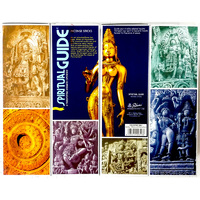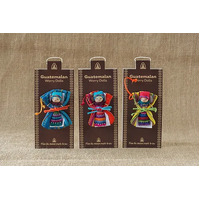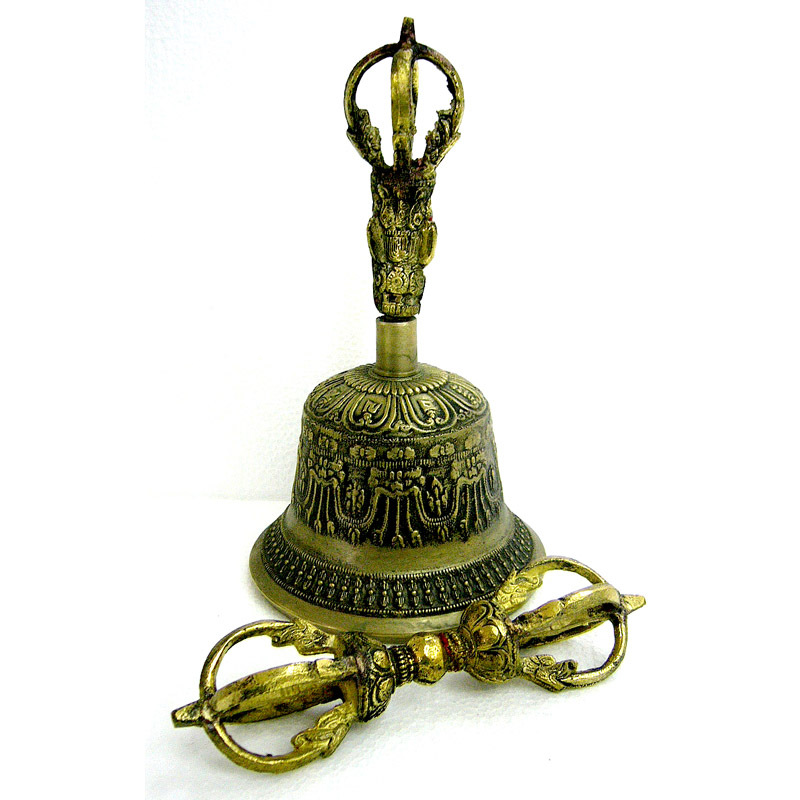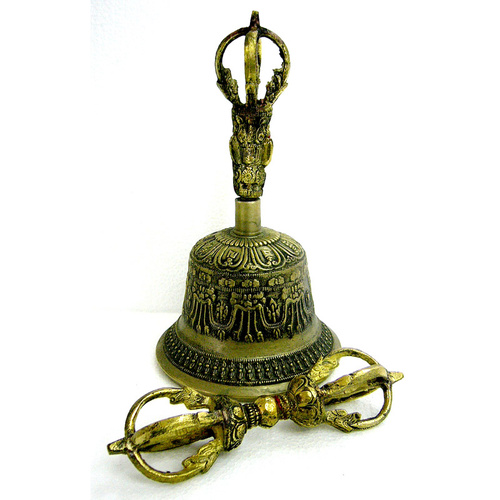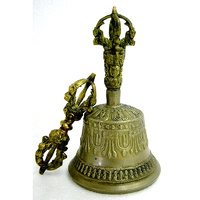-
The Bell (Ghanta): Represents the feminine principle—wisdom, intuition, emptiness (shunyata), and the receptive aspect of enlightenment.
-
The Dorje (Vajra): Represents the masculine principle—compassion, method, power, and skillful means. The word vajra literally means “diamond” or “thunderbolt” in Sanskrit, symbolizing indestructibility and irresistible force.
-
Pujas (rituals)
-
Mantra chanting or recitation
-
Meditation practices
-
Initiation ceremonies (empowerments)
-
During rituals, the practitioner may ring the bell rhythmically while holding the dorje, symbolizing the dynamic interplay of wisdom and compassion.
-
The bell is also used to clear energy or signal the beginning/end of a meditative session.
-
Some practitioners use it to cut through distraction or mark the transition between different phases of a practice.
-
They are crafted to emit a clear, resonant tone—often with multiple harmonics or subtle overtones.
-
The tone is intended to cut through mental clutter, focus the mind, and invoke presence.
-
The “ring” can vary depending on:
-
The casting method and metal blend (often bronze or a mix of sacred metals)
-
The shape and thickness of the bell
-
The size and strike method
-
-
Sound is not tuned to a specific note—bells may sound “tinny,” warm, soft, or sharp depending on the batch and individual piece.
Important Note: While sound may be aesthetically important to some, Tibetan bells are not musical instruments—they are sacred ritual tools. Their primary purpose is energetic and symbolic, not performance-based.
(tBDxl)
| SKU | tBDxl |
| Brand | Silverstone |
Be The First To Review This Product!
Help other Silverstone Wholesale users shop smarter by writing reviews for products you have purchased.



